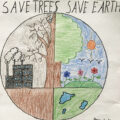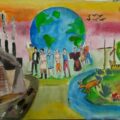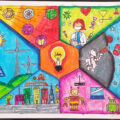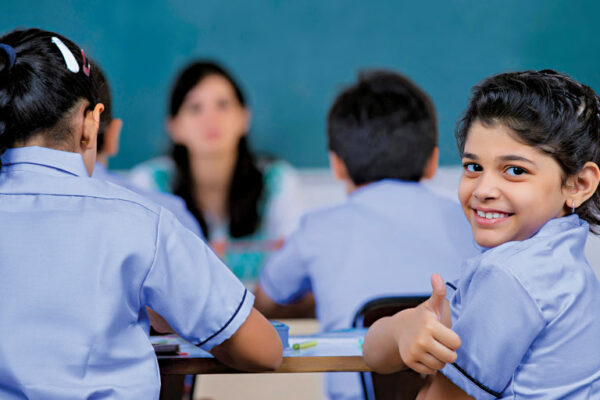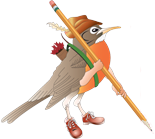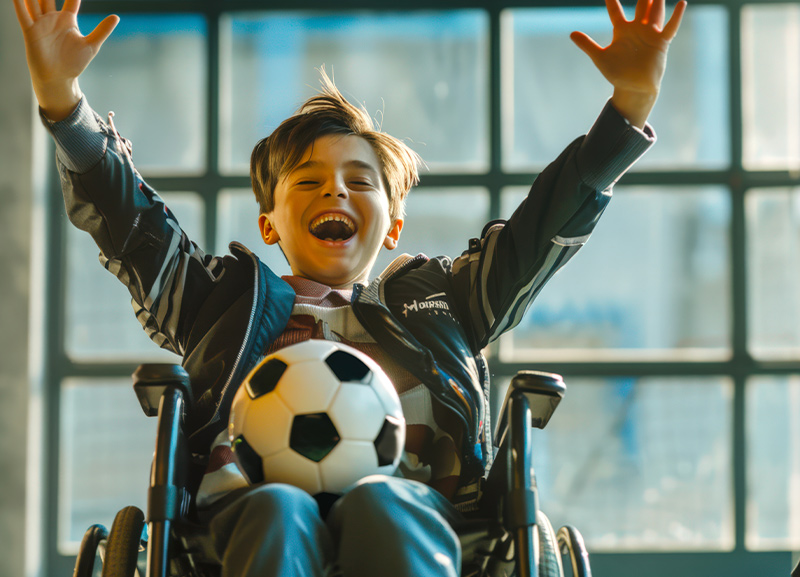
Have you ever seen a classroom without anyone to help a deaf student, or a building without a ramp for wheelchairs? People with disabilities face such challenges every day. Globally, 1.3 billion people live with disabilities—240 million of these are children, while 7.9 million are in India. Disability discrimination is a global issue that affects not just individuals, but society as a whole. It leads to unequal opportunities, rights violations and a lack of accessibility. The rights of people with disabilities are part of the fundamental rights of humans. This article focusses on three key rights—the right to education, the right to employment and access to healthcare.
The Right to Education
The right to education for children with disabilities means that they should be allowed to attend school, regardless of their financial situation. It also ensures that disabled children don’t get discriminated against or segregated at school. Even if a child is attending school, their right to education can still be violated if they don’t have the accommodations they need. Accommodations are things that can make their daily lives easier. Some examples of accommodations include assistive technology, accessible restrooms, ramps and elevators. The right to education is one of the most important fundamental rights because it can determine future opportunities. Challenges faced by disabled children include exclusion, marginalisation and a lack of equal opportunities.
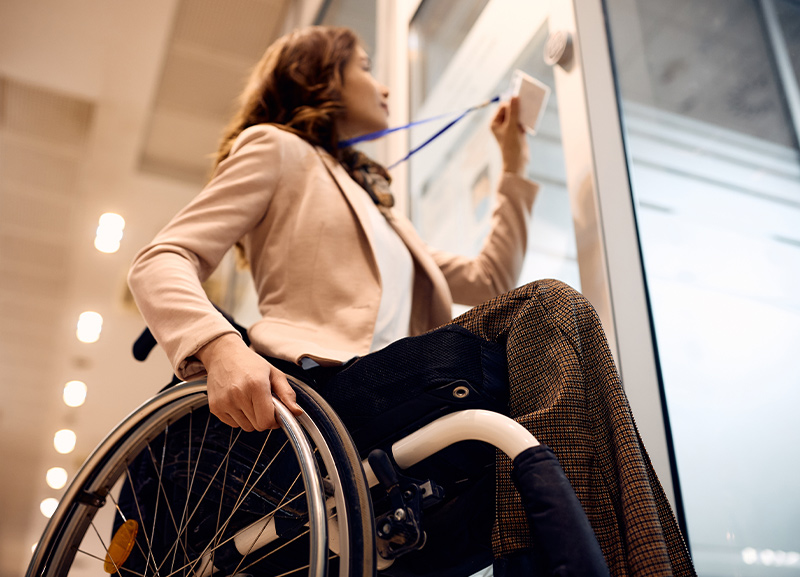
The Right to Employment
The right to employment means that people with disabilities have the right to be employed. This also means they should have access to things they may need at work. Some examples of things that will help them at work are inclusive design, assistive technology, help with communication and flexible work schedules. It is also illegal for organisations to deny people employment opportunities because they have a disability. After interviewing the founder of Mirakle Couriers, an organisation that employs low-income deaf adults, I concluded that if people with disabilities are provided with the things they need, they can do the same jobs as others. In 2011, the unemployment rate for disabled people was 36%. This situation is even more challenging in rural areas. Some countries have unemployment rates as high as 80%, and rates are higher in rural areas. Discrimination in school can result in a lack of job opportunities for people with disabilities. Disabled people may also get lower wages compared to others for the same work.
Access to Healthcare
Access to healthcare means that everyone, including people with disabilities, should have access to medical facilities of the same quality, range and standard of healthcare. Not making hospitals accessible can result in difficulties for physically disabled patients. 50% of people with disabilities cannot afford healthcare. Additionally, they may also face barriers with communication.
Accessibility: Ableist vs Inclusive Design
Accessibility for disabled people can be in many ways, such as at school, at work and in other places as well. The main reason that these places aren’t accessible is because of ableist design. Ableist design is when places don’t consider people with disabilities while designing. This could result in violating the right to accessibility for people with disabilities. Inclusive design is when resources and facilities are made available and accessible to people with disabilities.
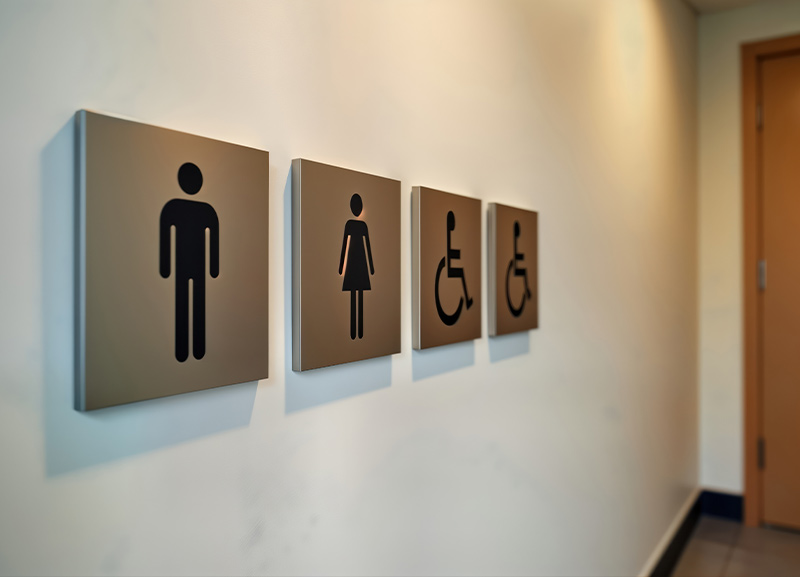
Understanding and Addressing the Challenges
After interviewing the founder of Mirakle Couriers, an organisation that hires low-income deaf adults, I gained a better understanding of the challenges people with disabilities face at work as well as the accommodations that support them. I also learned about the difficulties that organisations that hire disabled people face, especially in convincing clients and customers to use their services. This is often due to the misconception that people with disabilities are less capable. Although disability discrimination in education and employment is illegal in India, it still occurs frequently.
Conclusion
With over 1.3 billion people globally living with disabilities, it is essential to address barriers in education, employment and healthcare. Solutions include assistive technology, inclusive design and making schools and workplaces more accessible. We can all take action by advocating, volunteering, donating and spreading awareness.
Facts
-
The rights of people with disabilities only apply to people with one or more of the 21 disabilities.
-
50% of people with disabilities cannot afford healthcare.
-
Unemployment rates are higher among people with disabilities in India.
-
Challenges faced by people with disabilities are more common in rural areas.
-
People with disabilities living in rural areas have limited access to services, transportation, education, employment and healthcare.
Places That Work With People With Disabilities
Ishaara (Mumbai): A restaurant that employs hearing- and speech-impaired staff who communicate using sign language.

Apps for People With Disabilities
Buddy Up: A safe, accessible app that connects people with disabilities and their carers. It helps users find others with shared interests and experiences and was founded by two parents from my school.











